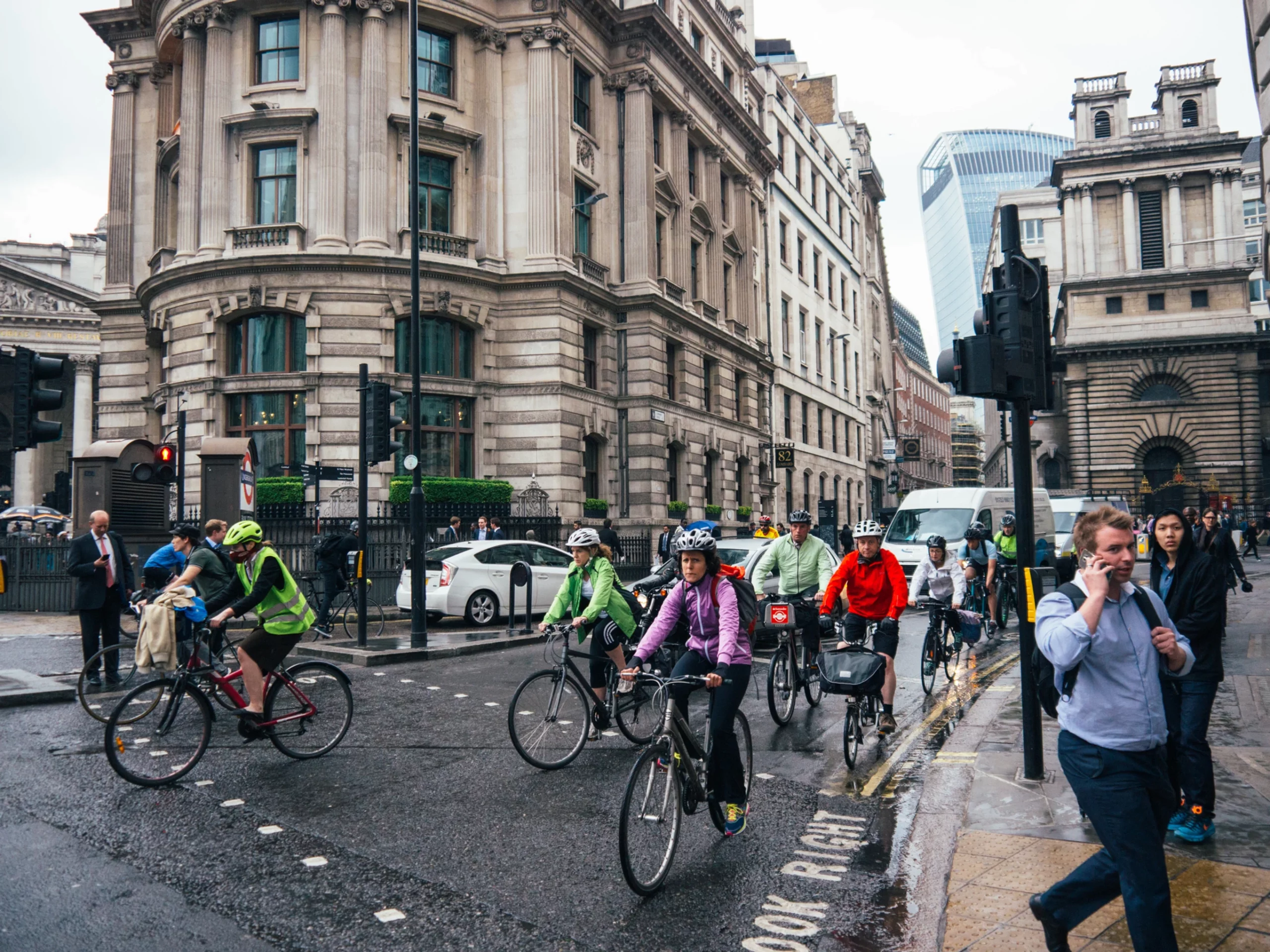London has recently seen a striking shift: in just two years, bike journeys in the City of London have surged by over 50%, marking the largest increase since record-keeping began in 1999 . Meanwhile, vehicle traffic dropped by 34%, helping reduce urban pollution .
The rise is not incidental—it reflects deliberate investments in cycling infrastructure. Here’s what fleet managers, urban planners, and corporate leaders can learn and apply today.
Key Facts & Trends for London’s Cycling
-
+50% rise in daily cycling trips in the City of London since 2023
-
Largest surge recorded since 1999, according to the City Corporation
-
–34% car usage in the same area, alleviating congestion and emissions ()
-
Spike driven by new Congestion Charge, protected bike lanes, and route extensions
Infrastructure: The Game-Changer
-
Protected lanes & cycle superhighways make cycling safer and more attractive.
-
The “Crossrail for bikes” and similar high-quality routes resemble top-tier European cycling networks .
-
Coverage now reaches business hubs and residential areas, enabling real commuting––not just leisure rides.
Broader Impact
-
Faster commutes with less urban pollution
-
Capacity freed on public transport and roads
-
A healthier, more active workforce
-
Demonstration effect: “If cycling works in London, it can work anywhere.”
What Companies & Cities Can Do
-
Invest in safe cycling networks
-
Quality matters: physical separation, dedicated signals, continuous lanes
-
-
Integrate last-mile cycling
-
Connect offices and transit hubs with bike-friendly routes
-
-
Support employees with cycling programs
-
Offer bike parking, maintenance, training
-
-
Use policy levers
-
Congestion charges, incentives, car-restriction zones all drive change
-
-
Track data and publicize benefits
-
Monitor modal shares, workplace health, and lower commuting costs
-
Your Action Plan
|
Step |
What to Do |
Why It Matters |
|
1 |
Audit current transport habits |
Understand modal split and commuter pain points |
|
2 |
Map key cycling corridors |
Prioritize routes with high commuter potential |
|
3 |
Pilot infrastructure upgrades |
Start small, scale quickly with measurable results |
|
4 |
Launch workplace cycling incentives |
Boost adoption with e-bike subsidies, secure parking |
|
5 |
Communicate & celebrate success |
Share stats (e.g., “+50% uptake in 2 years”) to build momentum |
Conclusion: It Starts with a Ride
London’s 50% growth in City cycling isn’t just a headline—it’s a blueprint. Bold infrastructure + smart policies + corporate buy-in = transformational results.
As decision-makers in sustainable mobility, your role could be pivotal—whether you’re managing fleets, designing urban space, or guiding investor strategy.
At Next Mobility, we specialize in designing operationally sound, human-centred mobility transformations. Let’s explore how Holland’s roads or your own region can deliver similar gains.
👉 Interested in piloting a cycle-led commuting program or infrastructure audit for your company or city?
Reach out—let’s ride into the future together.
